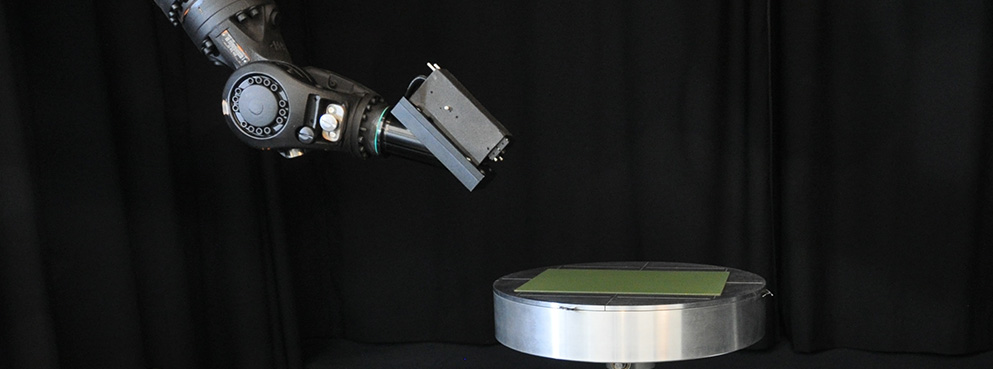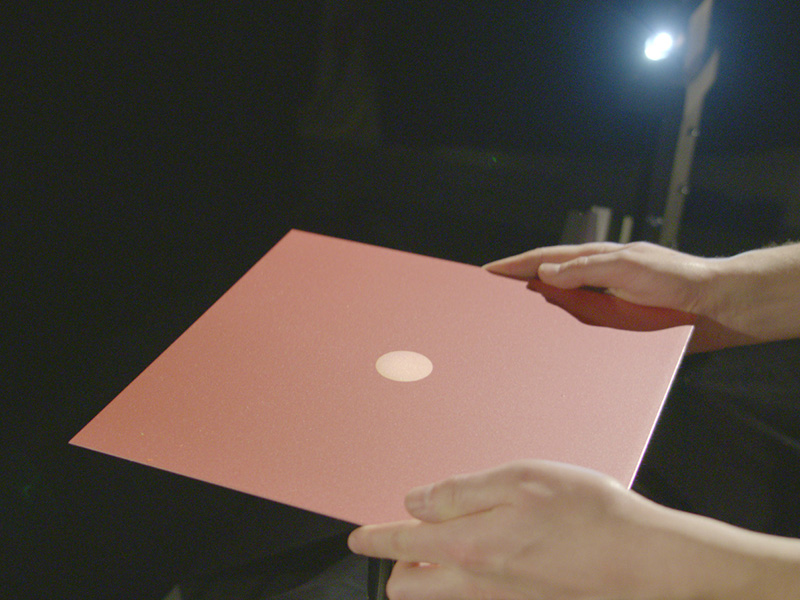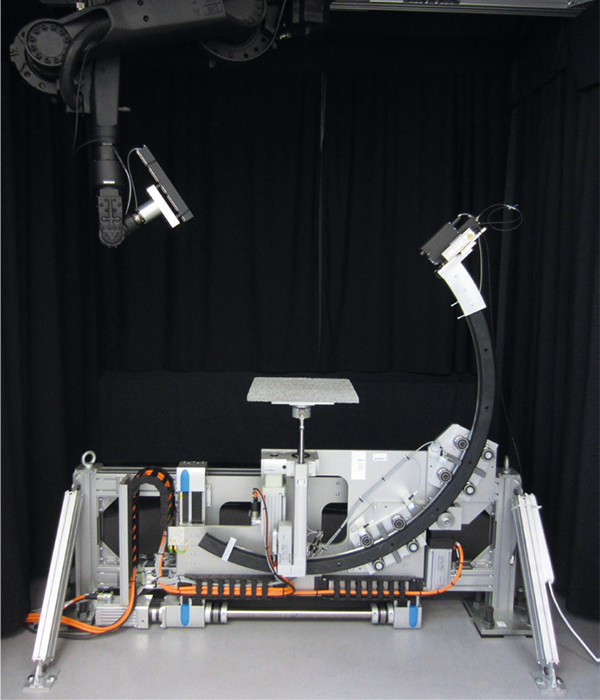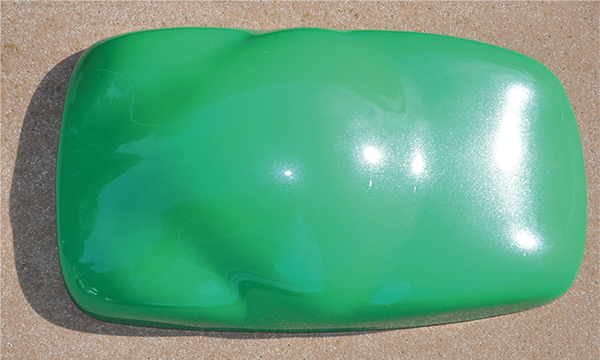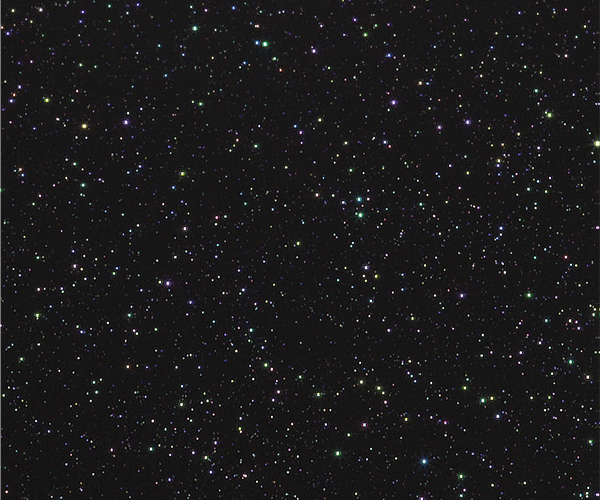Effect pigments in coloured lacquers
Effect pigments can create fascinating optical effects on surfaces of solid objects. They consist of small flakes of metal, mica, polymer or other materials and are embedded in the paint layer. Based on optical reflection and interference effects caused by different lighting and viewing angles, they can also lead to changes in colour, texture and gloss. Depending on the concentration of pigments in the coating, the coating appears more or less homogeneous or sparkling. Because of the effect pigment properties, this can lead to the so-called flop effect, in which the dominant colour changes completely, or to a vivid glitter effect, in which individual conspicuous flakes appear to sparkle in the dark, but also under other brightness conditions. These effects are used for functional purposes such as security printing and for many decorative applications such as plastics, cosmetics, printed products, coatings, car paints and other applications such as food.
.
 Fraunhofer Institute of Optronics, System Technologies and Image Exploitation IOSB
Fraunhofer Institute of Optronics, System Technologies and Image Exploitation IOSB 